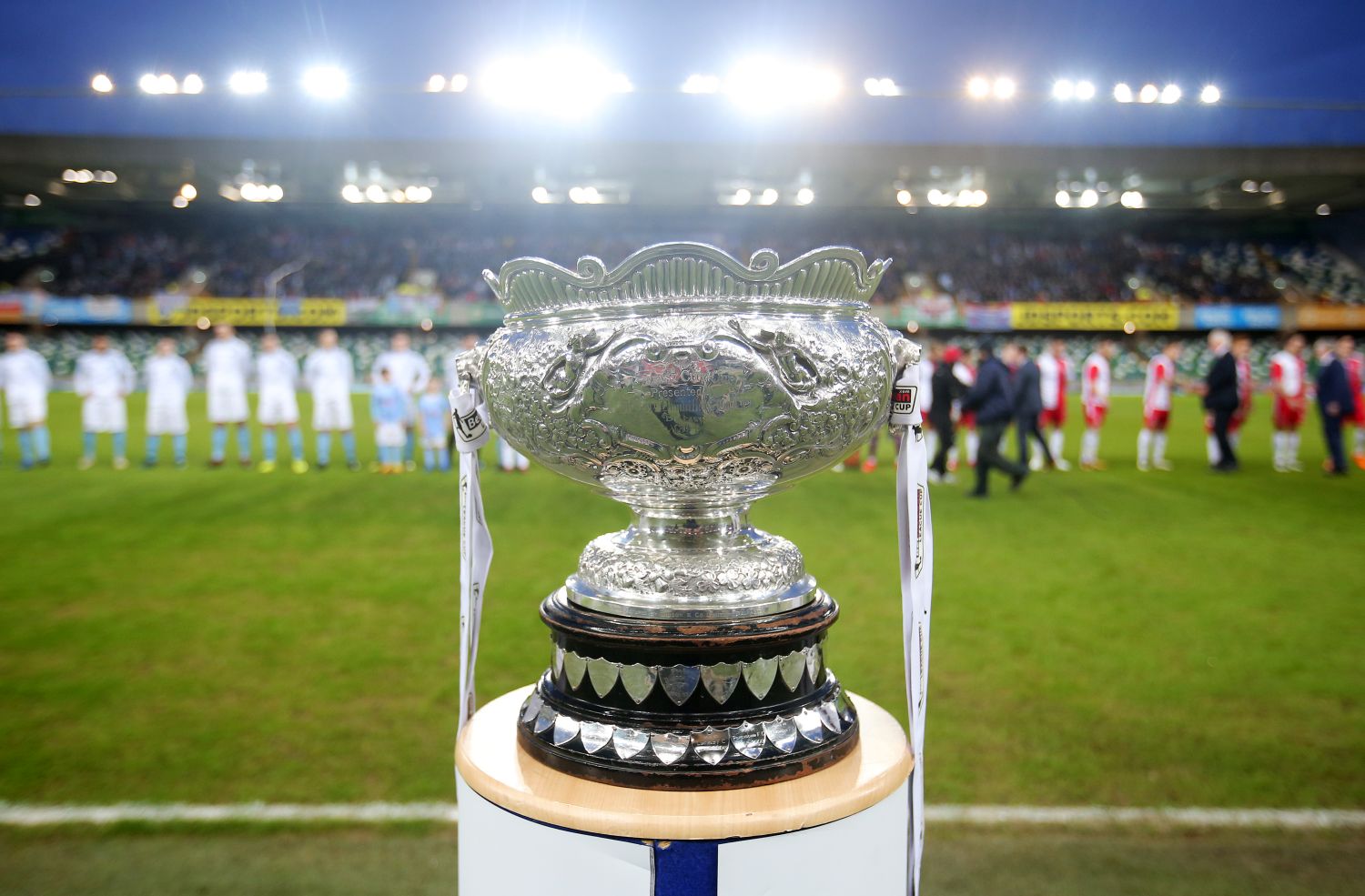3rd round League Cup matches mark a pivotal point in the competition, escalating the intensity and showcasing the strengths of remaining teams. This stage often features clashes between established Premier League sides and ambitious lower-league challengers, creating unpredictable and captivating encounters. The historical significance of this round, the tactical battles employed, and the impact on team seasons are all explored in detail.
From analyzing historically significant matches to examining the tactical nuances employed by clubs of varying sizes, this analysis delves into the complexities of navigating the 3rd round. We’ll explore how victories and defeats in this round can dramatically shape a team’s trajectory throughout the entire season, influencing everything from player morale to overall league performance. Finally, we will consider the significant media attention and fan engagement that this stage commands.
The Significance of the League Cup’s Third Round
The third round of the League Cup marks a crucial juncture in the competition. It signifies a shift in the intensity and caliber of play, separating the contenders from the pretenders. This stage often introduces stronger opposition, testing the mettle of teams that have navigated the earlier rounds.
Historical Importance and Competitive Landscape
Historically, the third round has acted as a significant filtering stage, weeding out weaker teams and setting the stage for the more serious knockout rounds. While the early rounds often feature a mix of lower-league and Premier League teams, the third round usually sees a greater concentration of established clubs, increasing the competition significantly. The matches are typically more closely fought and tactically complex compared to the previous rounds, where some teams might have fielded weaker lineups.
Team Strength and Match Intensity Comparison Across Rounds
The difference in team strength and match intensity is palpable. The first and second rounds often serve as opportunities for teams to gain match fitness and integrate younger players. The third round, however, demands a higher level of commitment and strategic depth. The pressure to advance is heightened, leading to more intense encounters.
League Cup Progression: Team Numbers

| Round | Number of Teams | Average Team Ranking (Illustrative) | Notable Matches (Illustrative Examples) |
|---|---|---|---|
| First Round | ~80 | Lower Leagues Dominant | Example Match 1, Example Match 2 |
| Second Round | ~40 | Mix of League Levels | Example Match 3, Example Match 4 |
| Third Round | ~20 | Predominantly Championship & Premier League | Example Match 5, Example Match 6 |
| Quarter-Finals | 8 | Mostly Premier League | Example Match 7, Example Match 8 |
Notable Third Round Matches
Several third-round matches have etched themselves into League Cup history, shaping the narrative of the tournament and influencing the trajectory of participating teams.
Find out further about the benefits of league one on us tv that can provide significant benefits.
Historically Significant Matches
- Match 1: A brief summary highlighting key moments, players, and outcome. Explain its impact on subsequent rounds or team performance.
- Match 2: Similar to above, focusing on a different historically significant match.
- Match 3: Another significant match with a detailed summary of the outcome and impact.
- Match 4: A fourth historically important match, emphasizing key players and turning points.
- Match 5: A final historically significant match, outlining its impact on the tournament’s legacy.
These matches collectively showcase the unpredictability and drama inherent in the third round, often serving as pivotal moments in the overall competition.
Tactical Approaches in Third Round Matches

The third round witnesses a diverse range of tactical approaches, influenced by team strength, playing style, and the specific opponent. Larger clubs often employ more sophisticated strategies, while smaller clubs may adopt pragmatic approaches to maximize their chances.
Tactical Strategies Employed
- Attacking Strategies: Examples include high pressing, possession-based football, and fluid attacking movements. Mention specific instances of successful implementation.
- Defensive Strategies: This might include deep defensive lines, compact formations, and targeted counter-pressing. Examples of effective defensive strategies should be provided.
- Counter-Attacking Strategies: This involves a focus on quick transitions from defense to attack, exploiting spaces left by the opponent. Include examples of teams that have successfully employed this strategy.
The choice of tactical approach often reflects the balance between risk and reward, depending on the team’s strengths and the characteristics of their opponent.
Impact of Third Round Results on Team Seasons: 3rd Round League Cup
The outcome of a third-round match can significantly impact a team’s overall season. A victory can provide a crucial boost in confidence and momentum, while a defeat can have detrimental psychological effects.
Consequences of Third Round Outcomes
- Positive Consequences: Increased team morale, improved squad cohesion, positive media attention, and potential financial benefits.
- Negative Consequences: Decreased morale, loss of momentum, negative media scrutiny, and potential pressure on the manager.
Examples of teams whose seasons were significantly altered by their third-round performance should be included to illustrate the potential impact.
Fan Engagement and Media Coverage
The third round generally attracts a significant level of fan interest and media attention, though typically less than the later stages of the competition. This is influenced by the inclusion of more high-profile teams and the increased stakes involved.
Fan Interest and Media Portrayal, 3rd round league cup
Fan engagement is driven by the anticipation of seeing top-flight teams in action and the potential for upsets. Media coverage reflects this, with increased television broadcasts, newspaper articles, and online discussions compared to the earlier rounds. The narratives often center around the potential for giant-killings and the tactical battles between teams.
The 3rd round of the League Cup consistently delivers thrilling football, acting as a crucial barometer for team form and a platform for unexpected upsets. The strategic approaches adopted, the impact on subsequent matches, and the fervent fan engagement all contribute to the round’s enduring legacy within the tournament’s history. The analysis presented highlights the significance of this stage, not just as a stepping stone to later rounds, but as a defining moment in many teams’ seasons.

